 Spotting Drain Problems Early When To Use A Cctv Survey
Spotting Drain Problems Early When To Use A Cctv Survey
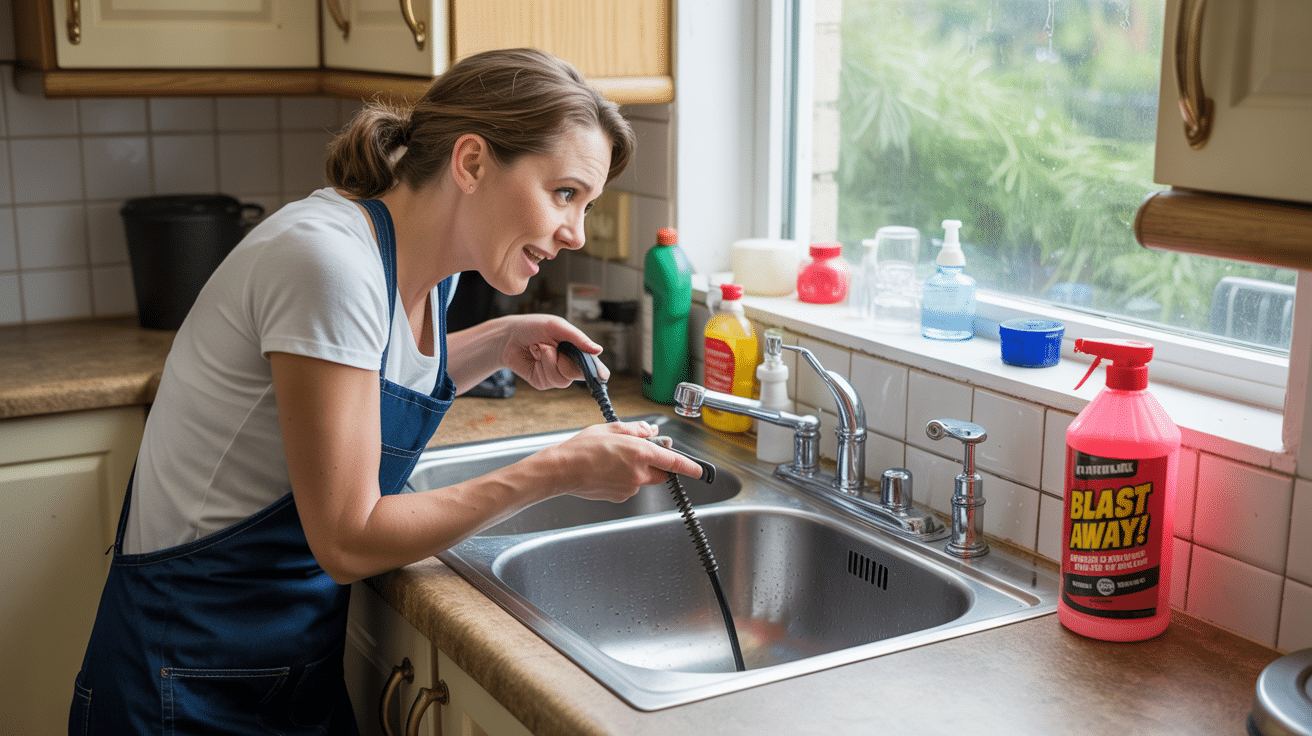
Why Should You Pay Attention to Hidden Drain Problems—Even Before They Become Obvious?
You don’t need a flooded basement or a screaming tenant to know you’ve got a drain issue. In property management, the biggest asset-wreckers often hide in plain sight—brewing quietly behind walls and slabs, waiting to drop a surprise bill (and a serious dent in your reputation). Recognising warning signs early turns reactive fire-fighting into strategic asset protection, puts you back in control, and keeps your costs, compliance, and reputation intact.
Hidden drains always collect a toll—whether you pay now or pay big later is your real choice.
Emergency drain failures don’t just sting your bottom line; they strip away trust. Industry analysis shows that planned CCTV surveys and preventive repairs cost, on average, half as much as last-minute emergency works—plus, they cut downtime by days, not hours (connect-drainage.co.uk). Insurance firms, regulators, and serious buyers are actively looking for evidence that drainage has been kept in check—meaning you can’t afford to “wait and see” anymore.
Miss the early clues, and what starts as a minor annoyance (like a sluggish drain) can quickly snowball into big-ticket repairs, insurance claim headaches, or even legal risk from unresolved leaks and mould. The real win is this: Spotting issues early keeps your budget predictable, your compliance smooth, and your tenants or stakeholders happy. Today, being proactive isn’t paranoia—it’s your competitive edge.
What Are the Earliest Signs That Your Drains Need Attention?
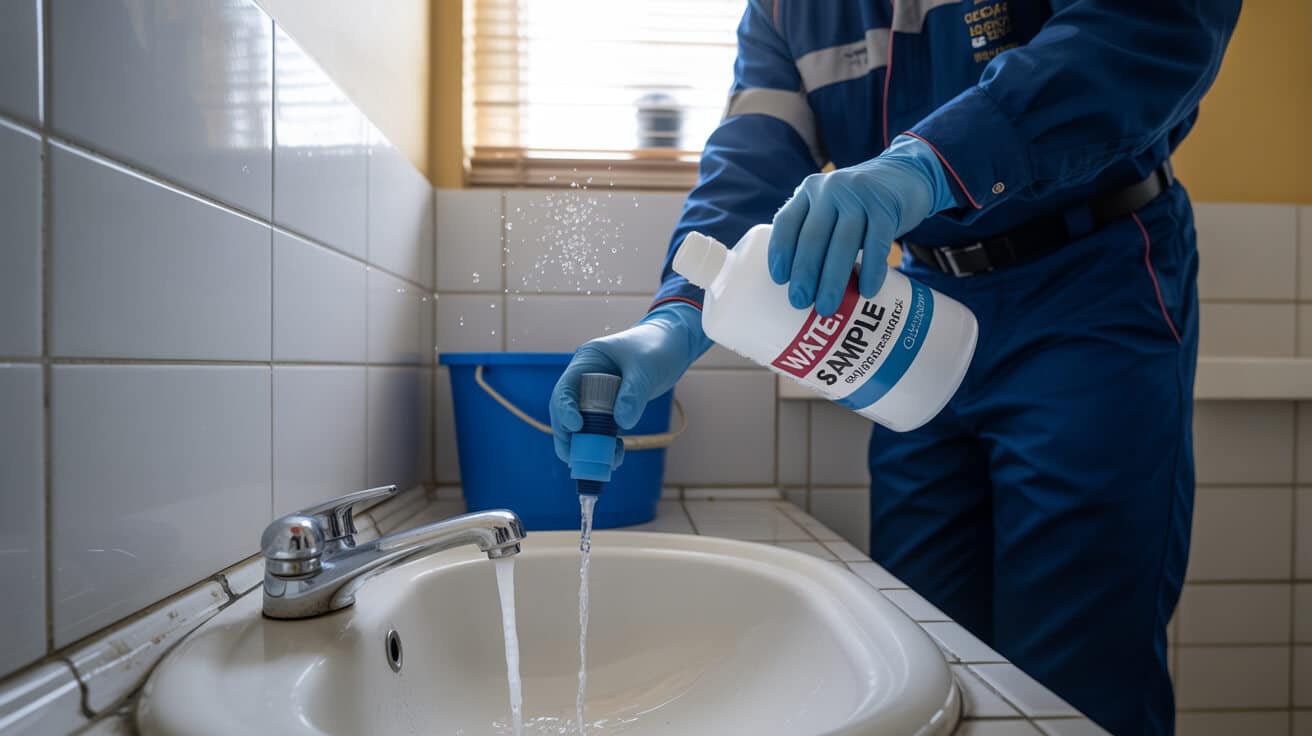
Serious drain problems rarely shout—they whisper. Those subtle signals are your only shot at cheap, hassle-free repairs. Ignore them, and you’re left with escalating costs and dramas nobody enjoys. So, what should property owners, facilities managers, or landlords actually watch for?
If your building starts sending little distress signals, listen. The silence after is never cheap.
Common early warning signs:
- Sluggish drainage: Sinks, baths, or showers that take longer than usual to empty—even after you’ve cleared visible debris.
- Persistent odours: musty, dank, or sewage-like smells in kitchens, bathrooms, or basements suggest organic build-up or stuck waste.
- Recurring blockages: If clogs reappear quickly after simple “fixes,” you likely have a deeper systemic problem.
- Unusual pipe noises: Gurgling, bubbling, or choking sounds after using water points hint at air or blockage issues in the system.
- Outside water pooling: Unexplained puddles or wet ground near external drains—even without recent storms—often reveal underground leaks.
According to industry data, “Repeated blockages or gurgling noises almost always indicate deeper issues best solved with a camera inspection” (acwdrains.co.uk). Spotting two or more of these signs—especially in different rooms—should trigger immediate investigation.
Regular checks are non-negotiable for older or high-demand buildings. Quick action at the “whisper” stage? That’s how you dodge headline-grabbing disasters, not to mention chaos with tenants or business users.
What Is a CCTV Drain Survey—and How Does It Actually Work?
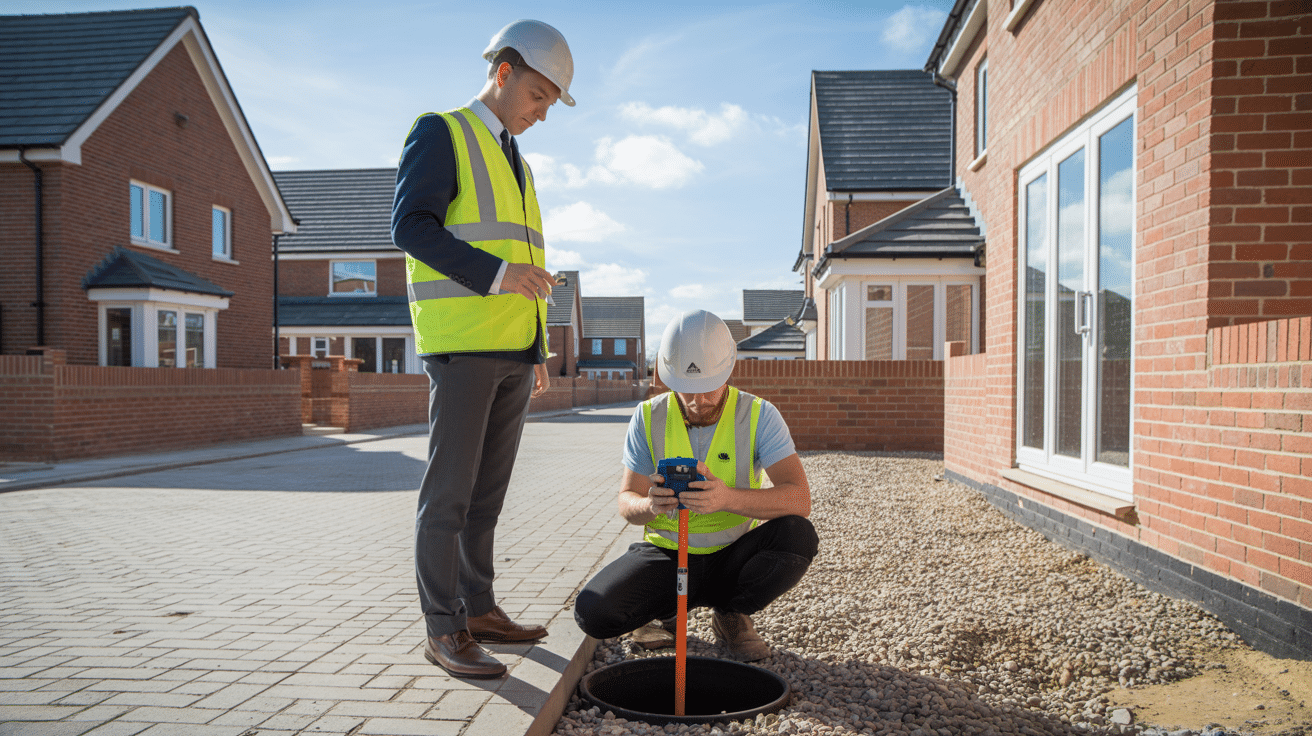
Let’s drop the mystery: a CCTV drain survey is a modern, no-drama way to see everything happening beneath your property, without guesswork or disruption. A technician threads a high-definition camera through your drainage system, capturing live footage of every joint, junction, and connection. That real-time video is the difference between shooting in the dark and acting with total confidence.
Technology that sees what you can’t—turning anxiety into actionable certainty, not speculation.
What you get from a professional CCTV drain survey:
- Clear video and detailed stills documenting your drains’ internal state
- Digital, standards-compliant reports marking every defect, crack, blockage, or suspicious DIY patch
- A permanent, shareable evidence file—accepted by insurers, letting agents, buyers, and lenders
Surveys are quick (usually an hour or two for a house), non-intrusive, and now frequently required when you buy, sell, renovate, or make an insurance claim (ukdnwaterflow.co.uk). No more panicked phone calls or expensive exploratory digging—just video-backed answers and confident next steps.
And whether you’re new to asset management or a portfolio pro, reviewing a survey is simple. You see the facts for yourself—then act with clarity.
When Is the Right Time to Get a CCTV Drain Survey?
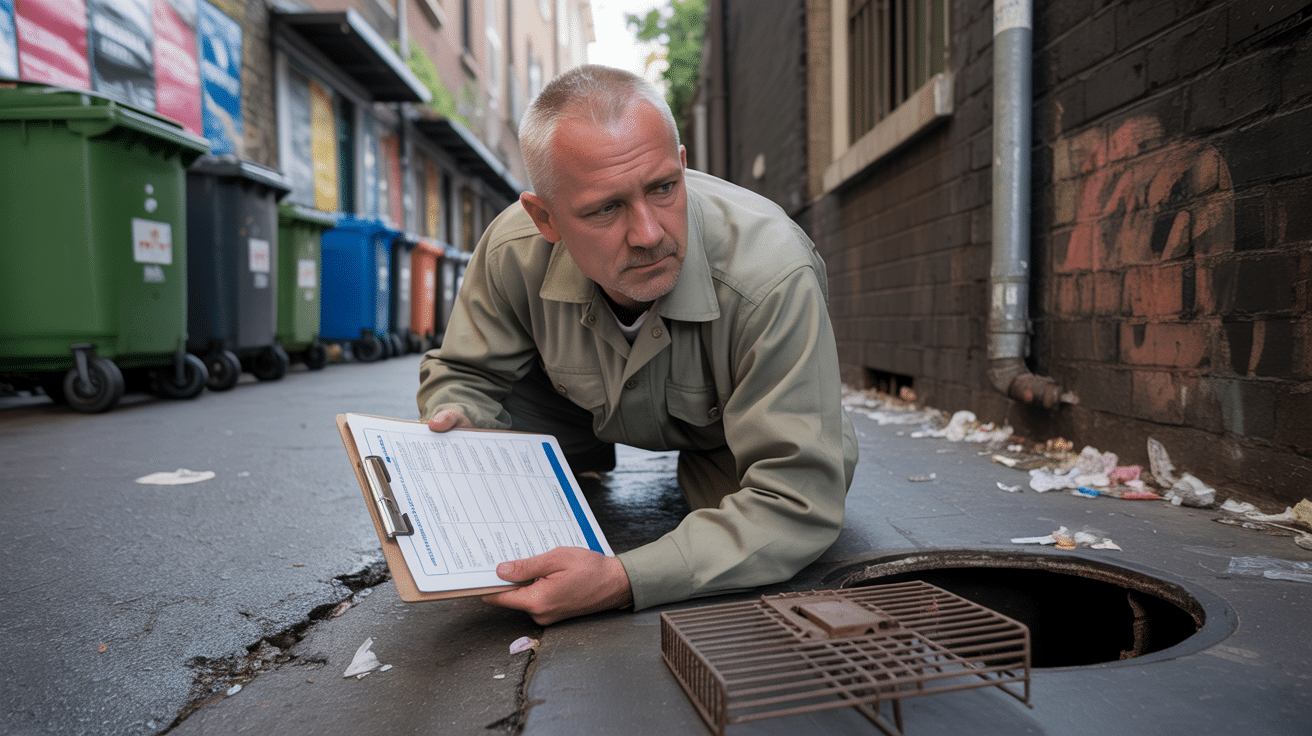
The best time for a CCTV drain survey is not after chaos strikes. It’s when you want to get ahead—control repairs, budget, and outcomes before a problem bowls you over. Think of a survey as the ultimate “ounce of prevention”: it exposes the hidden reality and lets you pick the best moment to act.
You don’t build reputation on luck—you build it on decisions made before a headline risk appears.
Smart trigger points for a CCTV survey:
- When buying, selling, or letting a property: Don’t inherit someone else’s ticking time bomb.
- Major works planned: Map risks now, not mid-project, to avoid scope-creep and sticker shock.
- Recurring or worsening blockages: If the plunger is becoming a regular tool, stop guessing—get evidence.
- Post-incident, or for older clay/metal pipes: Prevent major escalation or catch slow corrosion early.
- High-usage or public buildings: Things snowball faster in blocks, schools, care homes, or hotels.
- Required by your insurer, lender, or agent: Surveys are fast becoming the standard paperwork for proof of good management.
Industry best practice says, “CCTV drain surveys should be commissioned ahead of property transactions, major works, or after persistent drainage complaints” (anselldrainage.org).
If you act here—before tenants complain or puddles appear—you’ll avoid costly surprises, project delays, unnecessary disputes, and lost rental income.
What Does the CCTV Drain Survey Process Involve?
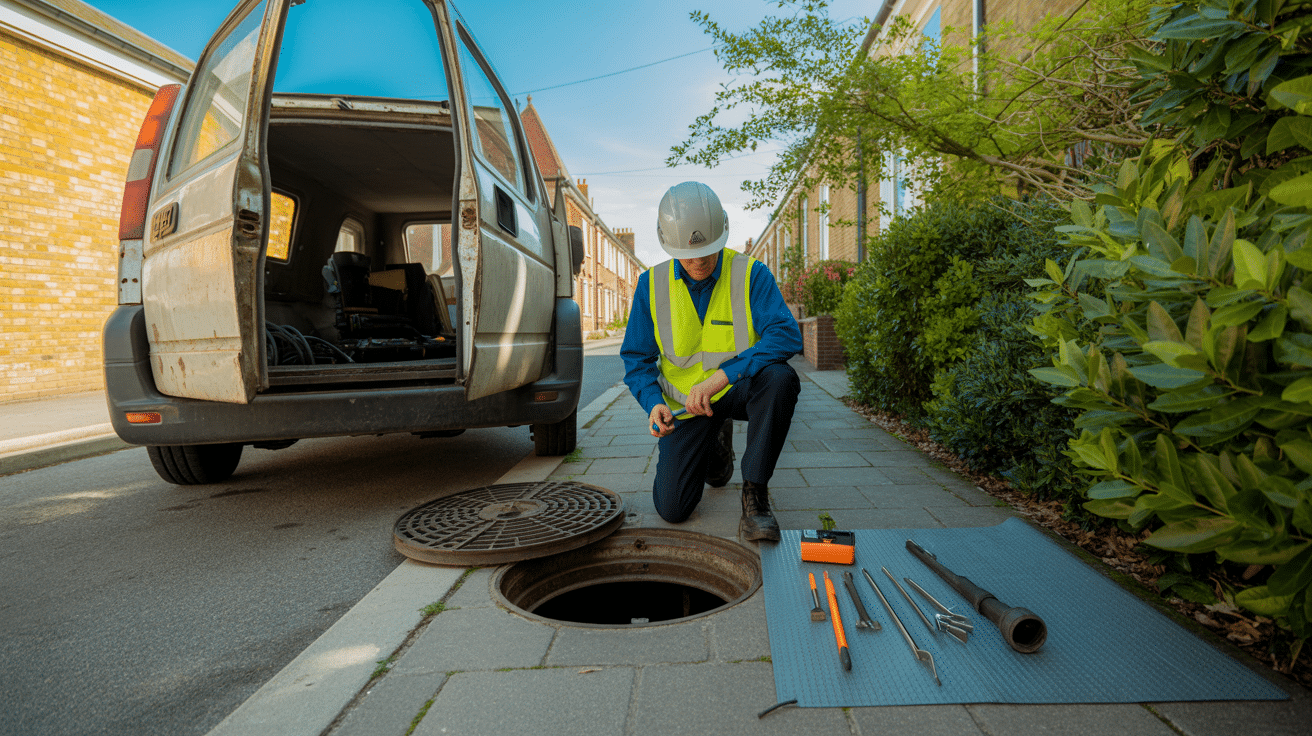
Forget the guesswork. A professional drain survey is methodical, respectful of your property, and zero-fuss from start to finish (at least, if you partner with proven teams like All Services 4U). The process is clear and transparent:
- Access points opened safely: —manholes or entry points are checked and cleared, using suitable PPE and safety protocols.
- Sterilised camera and kit inserted: —equipment is cleaned before and after for hygiene and compliance.
- Systematic, section-by-section inspection: —the technician records defects, silt build-up, root ingress, or historic repairs across the whole drainage run.
- On-the-spot video: , with annotated still images to illustrate issues for non-experts.
- Digital report generated: , normally within hours, highlighting precisely where, what, and how issues were assessed.
Video clarity eliminates debate—everyone from landlords to letting agents gets the same, indisputable evidence.
The final report is formatted for insurance, compliance, and maintenance needs—making it simple to get sign-off, claim for repairs, or budget future works. Ethical providers always work transparently; pushy upsells or technical scare tactics? That’s a red flag. Credentials should be clear (City & Guilds, NADC, WRc), and you have every right to ask for them (247drainageuk.com).
Which Hidden Issues Only a CCTV Survey Can Reveal?
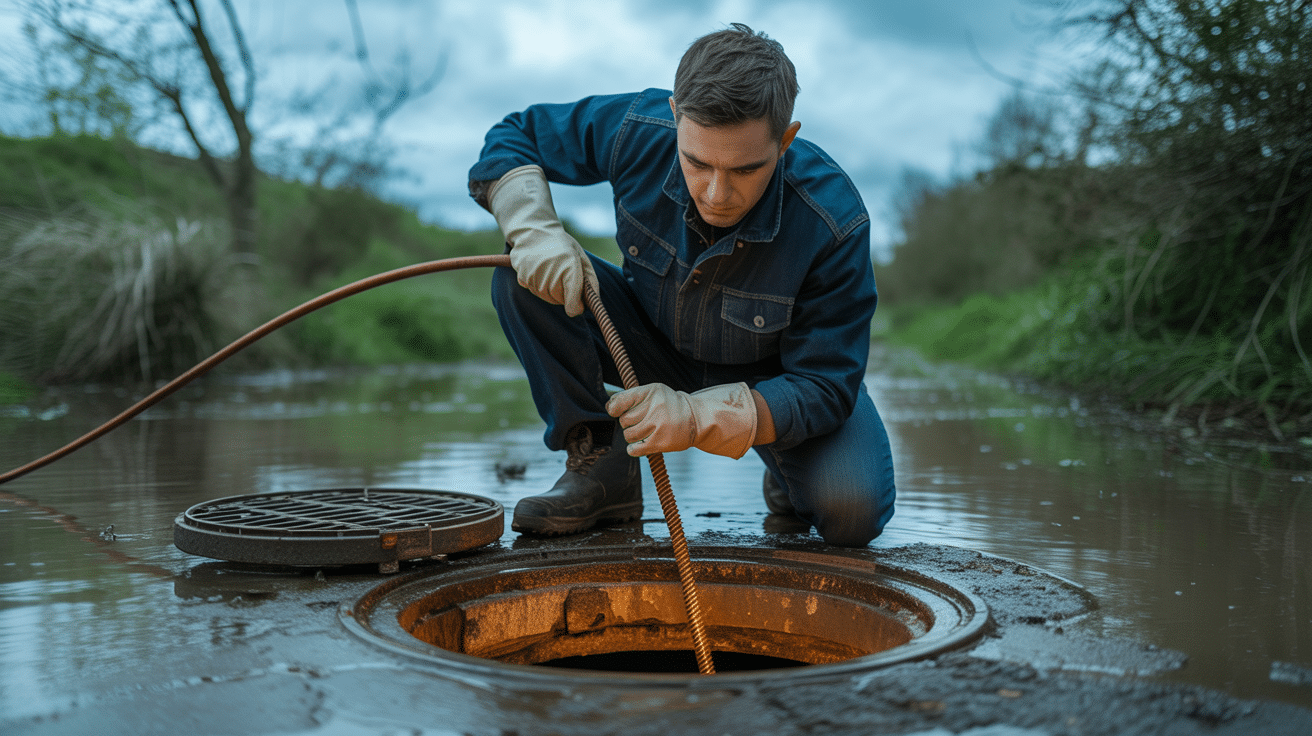
Even the best caretakers or on-site teams simply can’t see inside the pipes. That’s where CCTV surveys earn their keep—unmasking the kind of problems that turn annoying symptoms into five-figure repairs.
The repairs that cost the most are almost always the ones nobody saw coming.
CCTV tech reveals:
- Tree root invasion: Small root hair becomes pipe-blocking tangle—nearly invisible from the surface, hugely destructive with time.
- Displaced or separated joints: Ground movement, vehicle load, or cheap old pipework leads to leaks and potential sinkholes.
- Pipe collapse or deformation: No surface sign until a major backup—but camera footage delivers instant proof.
- Heavy corrosion or scale: Slow pipe flow, stubborn recurring clogs, risk of eventual full system lockup.
- Illegal alterations or missed connections: DIY or historic work outside standards, risking compliance failures or insurance voids.
- Foreign object obstructions: Lost tools, building debris, or non-flushable disposals that resist rods and cleaners.
“70%+ of repeat drain failures stem from hidden structural problems invisible to basic checks” (draintechservicesmidlands.co.uk). With the camera running, you see every threat—before it festers or costs you a fortune.
How Do CCTV Survey Results Translate to Smarter Repairs?
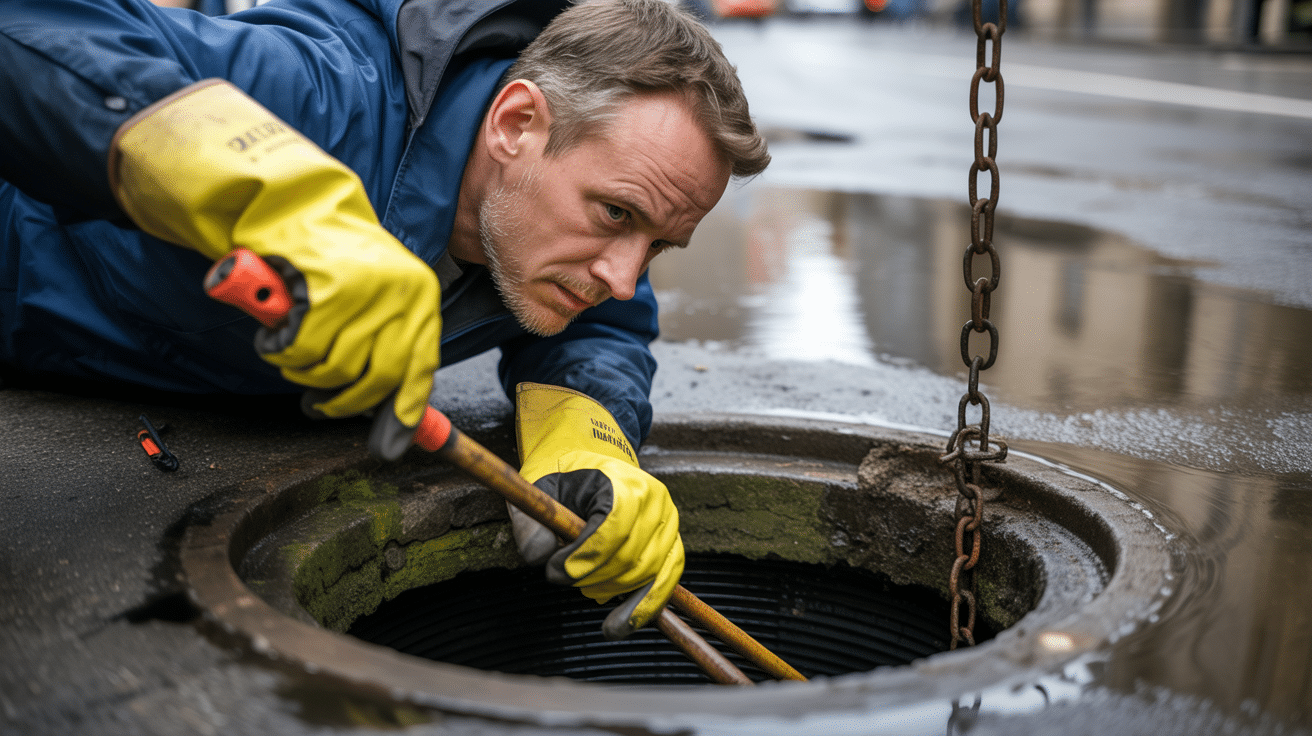
Clarity changes everything. When you hold a digital, video-backed report, there’s no arguing over the next move—just clear, cost-effective repair paths. Whether for your maintenance crew, outside contractors, or insurance, having proof stops debates and overcharging cold.
A good survey doesn’t cost you money—it saves it, by ending guesswork and ‘replace everything’ mindsets.
CCTV report outcomes:
- Pinpointed repairs: You know whether you need tree root cutting, minor patching, or full section replacement—not all three.
- Risk-prioritised works: Urgent threats addressed first; cosmetic issues scheduled later or bundled with other works.
- Routine monitoring programmes: Digital logs allow you to track recurring hotspots, future-proofing maintenance budgets.
“Detailed video reports now underpin many insurance claims and ensure regulatory compliance for facilities and rental properties” (drainagepipe.co.uk). This audit trail gives you leverage with every stakeholder—from owners and boards to underwriters and tenants.
Never underestimate the power of showing your work. A transparent maintenance record is how you keep everyone onside when problems (inevitably) ferment.
What Makes All Services 4U the Right Partner for Your CCTV Drain Survey?
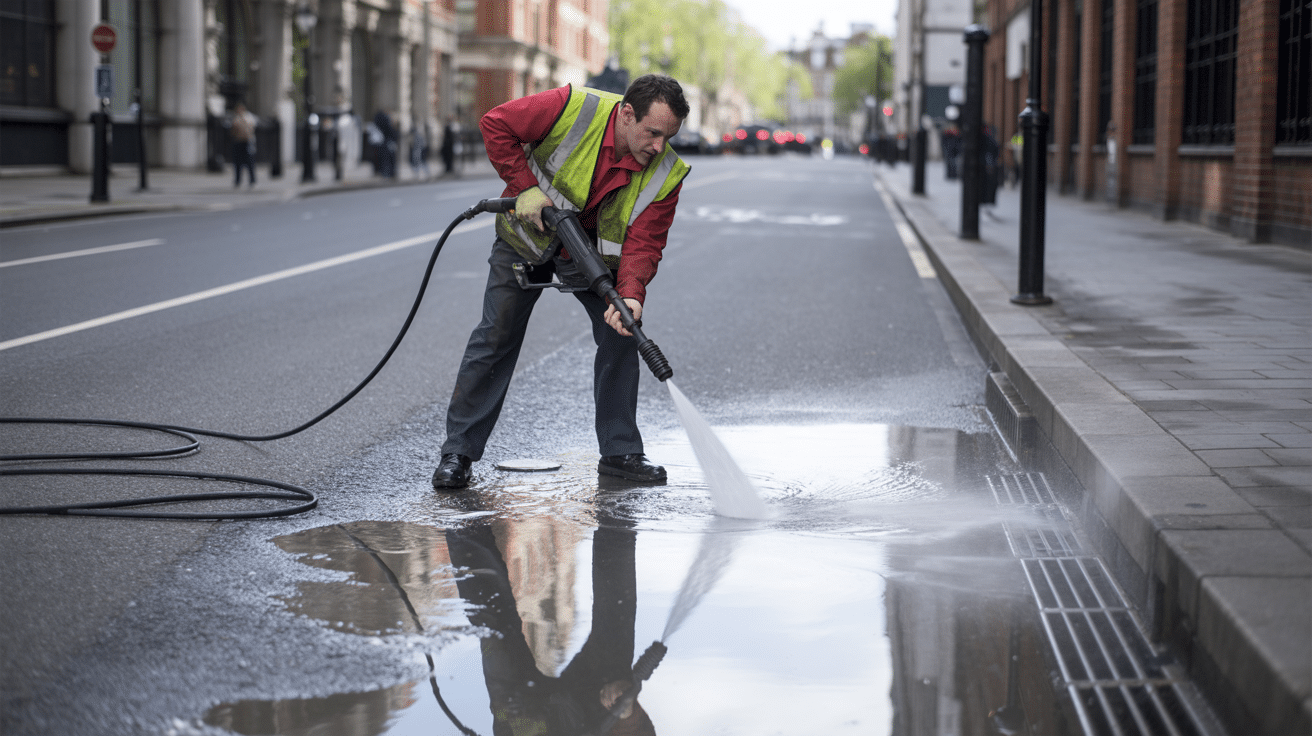
Time to separate the pros from amateurs. All Services 4U brings you a team with real-world, multi-trade qualifications (City & Guilds, IPAF, PASMA, NVQ L3, enhanced DBS), a commitment to safety/checklists, and a proven digital-first workflow. We get in, get the job done, and get you the evidence you need, explained in language anyone can use—from corporate asset managers to stressed home buyers.
You’re not buying a video file; you’re buying peace of mind, business continuity, and a real human back-up plan.
Our difference at every level:
- No-nonsense access and safety routines: —tenants can stay home, business carries on, landscaping undisturbed
- High-definition camera scans with live summary: , so you’re not waiting days for answers
- Digital, standards-aligned reporting: —ready for inspection, insurance, or contractor hand-off, often on the same day
- Upfront, honest repair quoting: , always backed by timestamped video and photo files
- Aftercare built in: —we’re on hand to help explain findings, facilitate claims, or manage ongoing compliance
Clients—from portfolio landlords to private owners—choose us for our speed, clarity, and ethical approach. Our teams deliver early, clean evidence and guidance to help you make the right call before your property (or your balance sheet) gets upended (connect-drainage.co.uk).
Book Your CCTV Drain Survey with All Services 4U Today
When you’re ready to stop gambling on luck and start managing assets like a pro, take the step property pros now consider standard: get a CCTV drain survey. Early action locks in savings, wards off worst-case scenarios, and creates a digital trail that pays dividends with every future repair, sale, or claim.
The moment you know the truth, you’re in control—missing that is the only real risk.
Book a survey with All Services 4U today. Get video-backed reports, plain-English guidance, and support that doesn’t end with the invoice—delivered fast, with minimal disruption and zero drama. Secure the insight and evidence that industry leaders, insurers, and buyers trust. Lift the lid on your drains, and sleep easier knowing your property is protected from the ground up.
All Services 4U: Where modern technology meets real trade wisdom—because prevention is always cheaper than repair, and trust is built on what’s below the surface.
Frequently Asked Questions
What new, hidden, or high-stakes problems trigger a CCTV drain survey for UK property owners and facility managers today?
Anomalies that seem minor—slow floor drainage, repeat odours, or subtle wet spots—now represent more than just inconvenience; they’re the earliest indicators of underlying system failure, often invisible without specialist diagnostics. For modern UK property owners and facility managers, persistent damp patches on flooring, sporadic backups in multi-user washrooms, or unexplained soft ground near building perimeters are all signals that standard maintenance is not enough.
In commercial spaces, rising insurance demands and compliance checks after tenant changeovers mean that issues such as unexplained odours or persistent slow-draining basins move from “maintenance list” items to compliance-triggered interventions. Residential clients, meanwhile, experience warning signs as garden bogginess, sudden brickwork efflorescence, or annual patio subsidence—symptoms that jetting or surface rodding merely disguise.
Professional oversight starts with recognising that out of sight isn’t out of risk. Delays multiply costs and liability—evidence breaks the cycle.
What patterns should proactive decision-makers actually look for?
- Tenants reporting slow drainage after moderate rainfall:
- Floor or wall staining that recurs even after cleaning:
- Musty or fungal odours in spaces known for previous water issues:
- Repeated need for plumber call-outs within one season:
- Sudden post-construction or landscaping sagging near pipe runs:
While intensity varies, the shared thread is escalation—from easily ignored “maintenance” to unavoidable proof requirements by insurers and local authorities. Act early with camera surveys and your evidence not only informs the fix, but anchors regulatory compliance, quote accuracy, and settlement when the stakes rise.
How do recent insurance and legislative shifts put drain surveys at the core of property risk management?
The evolving landscape of UK insurance and property law has transformed “optional” drain surveys into a baseline for responsible asset management. From 2023, insurers increasingly refuse payouts on water escape, flood, or subsidence if owners lack dated video inspection records by accredited engineers. Compliance standards for rental, HMO, and commercial sites—such as those within the Building Safety Act 2022—demand not just action upon fault, but ongoing, evidence-rich system health logs.
Evidence first thinking is now contractually baked-in: missing survey records mean you not only lose claims, you risk legal non-compliance and operational shutdown.
What legal and policy trends must owners and managers act upon now?
- Building Safety Act 2022 & Fire Safety Order compliance: Both require demonstrable control over “hidden” infrastructure risks—drains included.
- Homes (Fitness for Human Habitation) Act: Chronic damp or leaks can trigger enforcement—not just repair bills.
- Insurance paradigm shift: Major underwriters have rewritten policies to make survey logs a prerequisite, particularly after renewal, capex works, or sublets.
Maintaining a digital archive of regular surveys now isn’t best practice—it’s the price of staying covered and trading legally. Smart facility managers leverage these same records to streamline handover, fast-track claims, and preempt agency disputes.
What proves a CCTV drain survey provider will deliver accountable, usable, and fully compliant results?
A trustworthy surveyor does more than point a camera—they design their entire workflow to deliver actionable intelligence, not just imagery. UK property leaders now expect providers who bring robust multi-trade background, regulatory literacy, and digital tooling to every site visit.
A specialist worth trusting is City & Guilds or NADC certified, deploys high-resolution cameras with integrated locators, and produces reports that correlate every finding with digital site plans. The most professional teams offer not just “flats” view but a complete defect-to-solution pathway, handling trenchless lining, patching, or full excavation under transparent service-level agreements.
In drainage, good enough fails at the first audit. Your reputation and capital depend on proof you control, not a printout you can’t interpret.
What must your survey report and provider consistently deliver?
- Certifications and ongoing CPD: NVQ3, City & Guilds, WRc, and ongoing training badges; nothing less.
- True defect traceability: GPS-tagged footage, timestamped findings mapped to CAD or site diagrams.
- Prioritised risk rating: Not just a list—graded, actionable next steps with cost and warranty clarity.
- Integrated repair capability: One-stop for survey, solution, and evidence; no “passing the buck.”
- Secure result archiving: Encrypted, shared access tailored for letting agents, insurers, and legal stakeholders.
Providers like All Services 4U set the benchmark in combining survey, fix, and documentation for audit-proof, insurable, and regulator‑ready service.
Which current and emerging technologies now redefine drain survey impact for active properties and busy estates?
The pace of innovation in drainage tech has cut downtime and “destruction” repair risk dramatically. Today’s tools mean even multi-tenant blocks, heritage buildings, or round-the-clock businesses can run thorough diagnostics with minimal intrusion and maximal clarity.
Technology breaks the old trade-off: every inch is visible, every defect mapped, every fix scheduled on your terms—not the system’s.
What high-impact technical upgrades are available now?
- Miniaturised robotic crawlers: Reach and map complex branches, even at sub-100mm bore, where legacy rods are useless.
- Sonar-boosted imaging: Penetrates silt, murk, and bends for a truly complete survey—essential for older properties or manufacturing facilities.
- Automated, cloud-based reporting: Uploads footage and findings direct to managers or auditors within minutes, accelerating decision cycles.
- Locatable cam-heads and surface-matched defect marking: Crews can pinpoint issues to <1m, reducing guesswork and surface excavation by up to 60%.
- Seamless BMS/built-environment integration: Data hooks let maintenance and compliance platforms auto‑flag and archive issues as part of the workflow.
For sensitive or high-value properties, downtime comes at a premium. Using bleeding-edge survey tech means discovering hidden risks doesn’t mean enduring open floors and lost rent—it means precision fixes on your schedule, not the system’s.
How do ongoing CCTV drain surveys unlock compounding cost and asset resilience benefits for property portfolios?
The real “drain survey ROI” hides in the data: routine, planned camera work drives down cumulative costs, litigation, and future asset devaluation. UK housing associations and leading commercial landlords cite 25–45% reductions in urgent drainage spending after embedding three-year cycle CCTV checks into contracts.
Longitudinal survey data means you fix root ingress before heave or collapse, catch backflow before it sours floor slabs, and close out tenant claims before they escalate to dispute or legal intervention. This not only rationalises capex—flattening wild swings on annual asset budgets—but creates a resilience narrative proven to win lower insurance excesses and attract ESG‑conscious stakeholders.
Run your drains like a business case—every survey log is insurance, compliance, and future-proofing all at once.
How do proactive owners and managers monetise the advantage?
- Lower lifetime repair costs: Intervene early on minor faults; avoid £10k+ “big dig” bills.
- Dispute and claim power: Documented lineage wins arguments—insurer or tenant.
- Stable investment planning: Predictable system health means planned investment, not reactive crisis cycles.
- Premium/renewal leverage: Presenting survey cycles at renewal can directly lower premium or excess costs.
- ESG and regulatory box‑tick: Survey logs back up HSE, ESG, and fire safety audit requirements every cycle.
All Services 4U clients see fewer emergencies because every system move is informed, documented, and defensible—saving money, time, and reputational weight on every asset, year after year.
What’s the hidden reason chronic drain problems return, and why does even expert cleaning sometimes fail?
Chronic blockages, odour cycles, or drainage slowdowns are rarely simple clogs—they’re signals of structural or historic pipe issues out of reach of chemical or jetting responses. Professionals often clear symptoms, but if underlying misalignments, micro‑fractures, or illegal branch connections exist, the pattern simply repeats. Without camera-level inspection, defects like root balls, sagging gradients (“backfall”), or shoddy historic repairs persist unchallenged.
You can’t fix what you can’t see—technology closes the loop that jetting and guesswork leave wide open.
What fabric-level threats do repeat issues almost always indicate?
- Pipe sags or gradient failures: Persistently slow drains signal subtle structural shift.
- Unapproved modifications: Previous DIY or unauthorised branch lines create turbulence and soft clogs invisible to surface checks.
- Microleaks and infiltration: Water loss never seen above ground, but soils subside and mould intrudes.
- Legacy or failed slip joints: Ageing connectors degrade quietly, admitting roots and soil until collapse.
Survey evidence gives you the “smoking gun”—the precise why, not just the what—allowing targeted repairs that end the cycle for good. Leaders book camera surveys not after disasters, but before the next “routine” becomes another major bill.
All Services 4U empowers proactive property teams to control their systems, reduce emergencies, and pass every audit with confidence. Book your evidence-driven drain survey and step into a new era of asset resilience—where your portfolio leads, not just survives.



